On July 24th, Microsoft held their annual Financial Analyst Meeting (FAM), an event where many of Microsoft’s top executives come together to talk about the company’s progress and achievements. At this year’s meeting, Microsoft Chief Software Architect, Ray Ozzie hinted at Microsoft’s cloud initiatives, a part of their Software + Services (S+S) strategy. While Ozzie did not reveal either codenames or ship dates during his speech, there is still some information we can piece together to help determine what Microsoft’s cloud will look like.
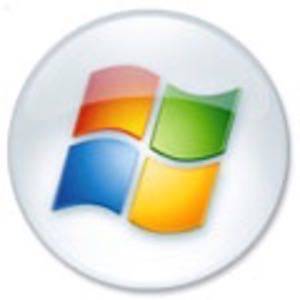
The Connected OS
Ozzie Said:
“We believe in a future, again, in many ways analogous to Xbox LIVE, in which Windows Live acts as a strategic extension to both Windows on the PC and Windows Mobile on the phone. You can think of this as the connected OS, Windows beyond the level of a single device or PC. How the OS connects to services and how it synchronizes with other devices are key. Your PC’s config settings, your apps and their settings, your files and folders, are transparently synchronized across a mesh of PCs and other devices by Windows.”
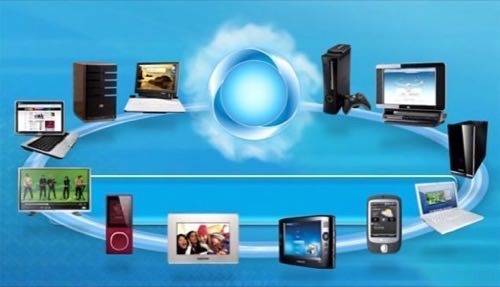
Takeaway:
This is a reference to Windows Live Mesh, a platform that currently only does file sync but is designed to also sync settings and applications. Today, many people are still confused about Mesh, thinking it’s Microsoft’s competitor to Apple’s MobileMe service, but the hint here is that Mesh will go deeper than just a premium service for cloud storage and sync, to be a more of an overall cloud computing platform.
The Software Stack
Ozzie Said:
“Most major enterprises today find themselves in the early stages of a two-stage infrastructure transition. The first stage is the consolidation of many dedicated application servers into a fewer number of larger application servers using virtualization to combine those workloads into a single high-scale box. The second stage they’re heading into is the shift toward leveraging utility computing services, a new kind of system designed for massive scale-outs, running on large redundant arrays of inexpensive commodity servers in the cloud. Both of these trends, consolidation and utility computing, are motivated by the same two things: First, to make the best use of expensive IT personnel; and second, to increase the agility of IT — agility in deployment, agility in management, deploying and scaling IT systems in just minutes or hours that might have taken in the past weeks or months to get up and running. Earlier you heard Stephen and others talk about online services, Exchange Online, SharePoint Online, CRM Online. These are the high-level service analogs to on-premises server offerings. And to power these services at scale, we’re bringing some of our most capable server assets to the cloud beyond those key building blocks, like SQL Server and BizTalk.”
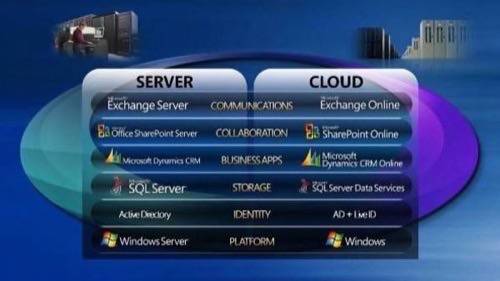
Takeaway:
Hey, that looks familiar! Microsoft’s software stack hasn’t changed – it has just moved from the data center to the cloud. For IT, this means faster deployments and the power to scale up as needed. IT admins will spend less time staging servers which means they’ll have more time to focus on other areas of the business. We envisioned what this will look like here, but to sum up – your company’s computer guy/gal will be less of a “geek” and more of a “facilitator.”
Developers, Developers, Cloud App Developers
Ozzie Said:
“The third principle that I’ve been talking for several years now with people in the organization is one that targets developers, and it’s one that I refer to as the trend toward small pieces loosely joined in how you build programs. When I talked about my first two principles, software that spans multiple devices and software that spans from the enterprise into the cloud, you might have gathered that the nature of software development is also being transformed in moving toward a world of software plus services…Software on the back end is also being transformed from being a single program running on an enterprise server that scales in a scale-up manner to programs that are spread out across hundreds or even thousands of PCs running in a cloud-based datacenter that appears like one datacenter to the programmer, but is actually spread across the world. So, what does this principle mean for Microsoft’s business perspective? Well, many business ISVs and many VARs will be looking to move their applications and solutions to the cloud just like we have. For them, like us, this technology shift towards services represents a significant opportunity, a chance for them to deliver to their enterprise customers the power of choice within their own application or solution. And so Microsoft’s opportunity in this space is perfectly aligned with that of our partners to provide them with the platforms and the tools to make this transition, leveraging our experience as well as our substantial economies of scale in embracing the cloud.”
And later..
Question: “How do you convince the market and the customers that you’re going to be moving into the cloud, that Microsoft should be the platform play versus a Google and/or an Amazon?”
RAY OZZIE: “I think, on that front, if we solve a problem for these folks, it will prove itself out in a positive way. Web developers — you can just look out there right now — are extremely pragmatic. They’re very, very pragmatic. If something works for them and solves a problem, they’re just going to use it. And, you know, the onus is on us to prove, to show through what we deliver, that it’s very, very valuable. And, you know, brand will — if there is a brand perception, for example, within the open-source community about Microsoft, they’ll be a bit perplexed when they find out — when they see that the best way to run what they’re trying to do is on our infrastructure. And I think that will improve. That will improve brand perception in that realm.”
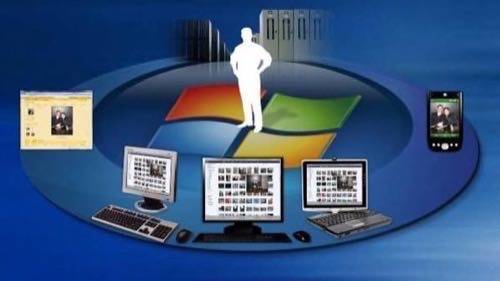
Takeaway:
Obviously, the key to a good cloud strategy is getting software developers on board, so beyond just providing the cloud itself, this sounds like he’s hinting at some sort of development tool (or tools) that will provide developers a way to build apps in the cloud. In order to compete with both Google and Amazon, the Microsoft cloud has to be better – that is, it has to be richer and more well-defined than what currently exists today. This could be tough. Says Ozzie, “Amazon has done a terrific job…I think we’ve all learned a lot from it.”
Cloud Datacenters To Run It All
Ozzie Said:
“And, yes, the datacenters that we invest in…it’s the same datacenters that host Search and our MSN apps and our Windows Live apps, Office Live apps. And this platform infrastructure is also…going out there. We do careful staged investments…as you’re expanding, you have to have different projects in different phases…we have to have the footprint to be able to build at the right rate when the demand emerges. You don’t want to overbuild too much in advance of the demand. But we’re preparing for a fairly significant transformation.”
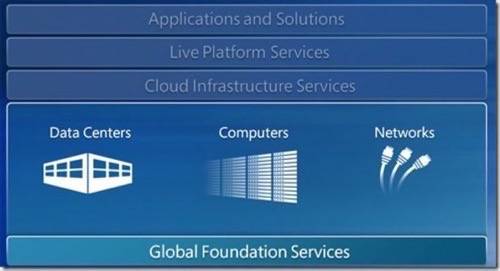
Takeaway:
In other words, the Microsoft cloud isn’t just about business apps and SLAs. Along with running Exchange Online and SharePoint Online, their same datacenters will run Live Search, Windows Live Services, MSN, Office Live, and more. “Significant transformation?” Was Microsoft really blindslided by the shift to cloud computing or have they been quietly ramping up for a massive shift of their business? ZDNet recently reported that Microsoft’s corporate vice president of Global Foundation Services Debra Chrapaty is on record saying Microsoft is adding 10,000 new servers a month. Put that in perspective – Facebook is estimated to have 10,000 total.
Conclusion
Although we don’t have all the pieces yet nor any sort of ship dates, what we can see here is that Microsoft does indeed have a cloud computing strategy and it’s huge. They’re not just moving their businesses services from the data center to the cloud – they’re also providing cloud services for consumers, too. And then there is Live Mesh, their cloud computing platform that will sync apps, settings, and files. How does it all tie together? We don’t have all the answers today, but it looks like it’s going to be a big reveal when the time comes.










